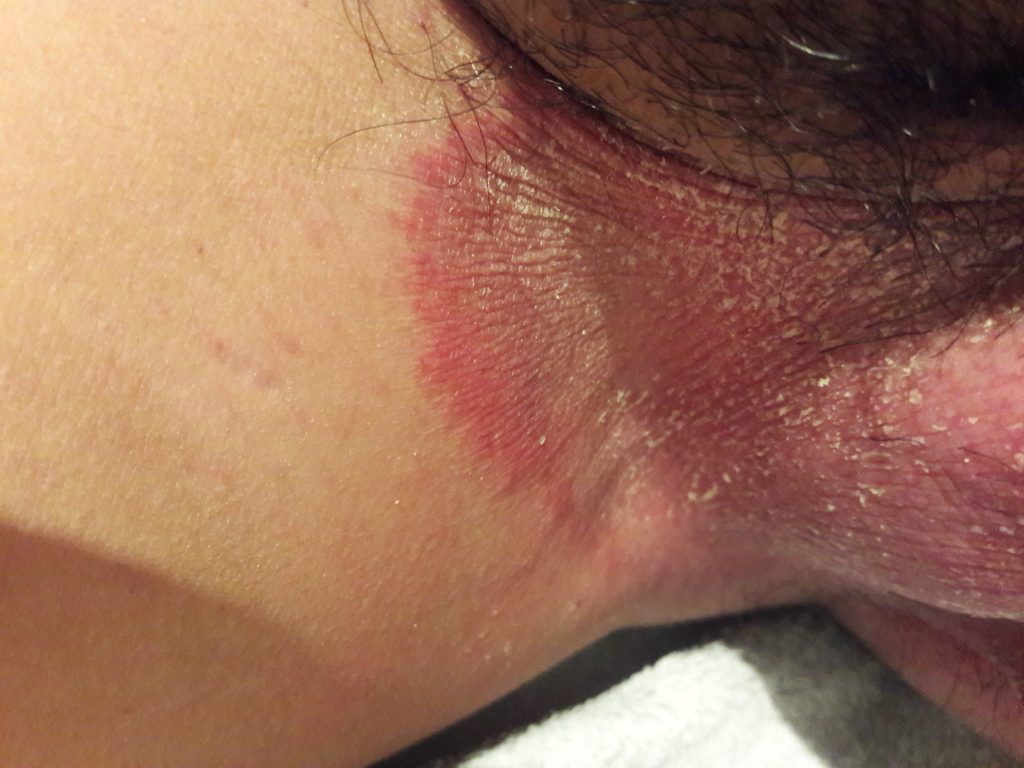
Jock Itch
It’s a fungal infection that affects the buttocks, inner thighs, and the groin area. It’s also known as ringworm of the groin (the medical term for ringworm is tinea).
Fortunately, jock itch is treatable with OTC (over-the-counter) medication.
While jock itch gets its name because it’s common in athletes, people who are overweight or sweat a lot also experience this condition.
While jock itch is more prevalent in men (due to the susceptibility to moisture and the proximity of the scrotum to the thigh and the resulting friction), women may also be affected.
Jock itch can be uncomfortable, but it’s usually not serious. Treatment may include applying topical antifungal medications to the affected skin and keeping the groin area clean and dry.
